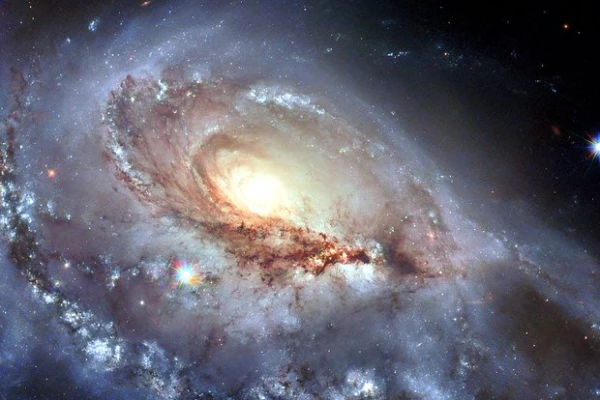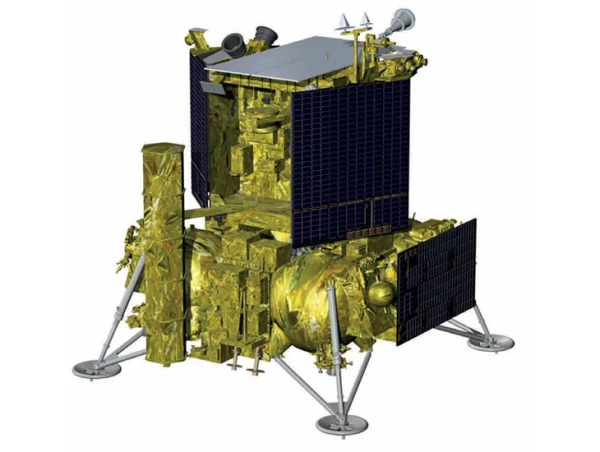
The ambitious project has divided the scientific community.
The California startup Reflect Orbital has applied for a license to launch a huge mirror into space — the launch is planned for next year. This will be the first step in the company's grand project: the creation of an orbital constellation of more than four thousand solar reflectors, which are intended to increase electricity generation on Earth during morning and evening hours.
According to the application to the U.S. Federal Communications Commission (FCC), the demonstration satellite EARENDIL-1 is planned to be launched in April 2026. In orbit, it will deploy a mirror measuring 18 by 18 meters to demonstrate how sunlight can be directed to selected areas of the Earth's surface. Previously, Reflect Orbital received a grant of $1.25 million from the U.S. Air Force under the SBIR program. In the future, the company intends to provide "sunlight on demand" — illuminating paid areas after sunset and before dawn, effectively extending the day.
The project's creators promise that their mirrors will help increase the production of clean energy during peak demand hours, improve crop growth, replace street lighting, provide emergency lighting in disaster zones, and even allow for "working at night." By 2030, Reflect Orbital plans to create a constellation of four thousand devices in a sun-synchronous orbit — along the terminator line that separates day and night. According to the company, the idea has already attracted interest from commercial and government partners, the project is fully funded, and more than 250,000 potential clients have applied to participate.
However, astronomers and ecologists are sounding the alarm. They warn that such mirrors will lead to increased light pollution and negatively impact ecosystems. Astronomer John Berentain from the Silverado Hills Observatory noted that the reflected beam will be about four times brighter than the Moon and cannot be instantly turned off, which will illuminate not only the target area but also the surroundings. This, he said, will affect the behavior of animals and insects and complicate astronomical observations.
Robert Massey, deputy director of the Royal Astronomical Society of the UK, added that the project raises serious concerns within the scientific community and could set a dangerous precedent. "The main goal of the project is to make the sky brighter and extend the day, which is a disaster for astronomy," he said.
Reflect Orbital claims to be attentive to these concerns. According to company representatives, the reflection of light will be strictly localized — an area of about five square kilometers will be illuminated for only a short time, after which the mirror will change orientation and stop reflecting light onto the Earth. During the demonstration in 2026, the reflected beam will be visible as a "bright moving star," and a soft, "lunar" glow will appear on the surface.
Nevertheless, scientists reminded that light pollution has already become a global problem: following the spread of LEDs, the brightness of the night sky is increasing by about 10% per year. Today, half as many stars are visible as 20 years ago. Additionally, excessive light disrupts the circadian rhythms of living beings, reduces insect populations, and affects human health, causing insomnia and depression.
Previously, astronomers have already expressed dissatisfaction with the increasing number of satellites, especially in connection with the Starlink and AST SpaceMobile projects, whose devices leave bright trails in images.














Leave a comment